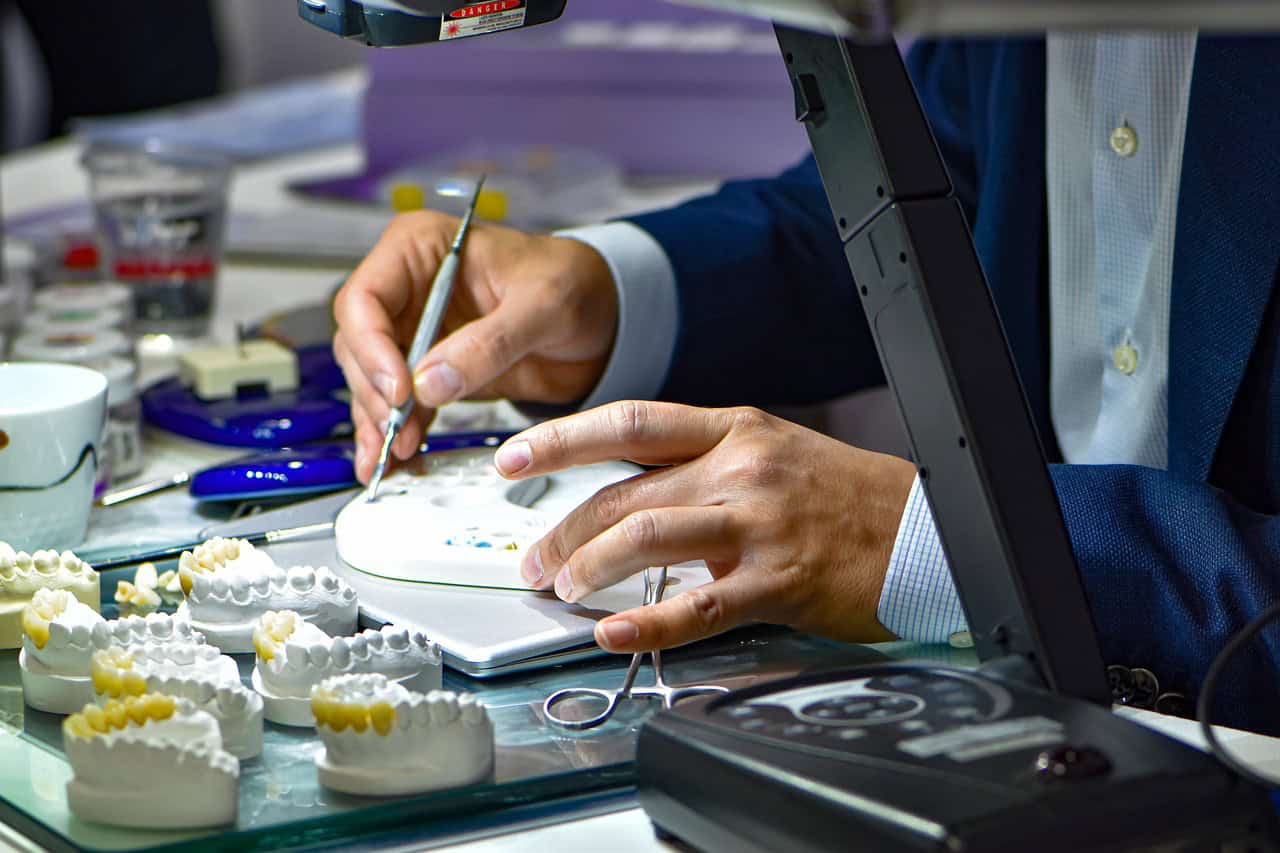Dental veneers are a popular route to a brighter smile, and people often face a choice between custom-made and prefab options. Both routes aim to fix chips, gaps, or discoloration, yet they follow different paths from the lab to the mouth. This article walks through five clear differences that tend to matter most when weighing the pros and cons.
1. Fit And Personalization
Custom veneers are shaped to match an individual’s tooth anatomy, so the edge, contact points, and curves line up closely with the surrounding teeth. That precise fit tends to reduce irritation and makes the veneer feel more like a natural part of the mouth. For many people, the snug fitting translates into fewer tweaks after placement and a more seamless outcome.
Prefab veneers come in standard sizes and shapes, which makes them quicker to place but less exact in fit. A clinician may trim or adjust these shells chairside, yet they rarely achieve the same conformity as lab-made pieces. The process can be fine for temporary fixes, yet long-term comfort and a perfect seal can be harder to get.
Think of fit as a sliding scale: custom sits at the tailored end, prefab rests closer to off-the-shelf. That difference shows up not only in comfort but also in bite dynamics, where small mismatches can create pressure points. Small shifts in force add up over time, and a good fit helps spread load evenly.
For individuals seeking quicker, less intensive cosmetic options, non-invasive alternatives to traditional permanent dental work can offer a simpler way to enhance the smile without committing to full veneer preparation.
2. Materials And Craftsmanship

Custom veneers often use higher-grade ceramic or layered porcelain that mimic enamel’s translucency and strength. Lab technicians apply glazing and subtle layering to get depth and a life-like sheen, using techniques that match a tooth’s optical properties. The end product typically handles staining and wear better than simple, thin shells.
Prefab options usually rely on composite resins or thin ceramic laminates that are molded en masse, which keeps prices down and production fast. Those materials can be serviceable, yet they may show wear or discoloration sooner under normal oral conditions. Repairs are possible, but the base material sets the ceiling for longevity and polish retention.
Materials drive much of the visible and functional difference; the harder, more enamel-like ceramics of custom work give a distinct edge. Quality of fabrication matters too: two pieces made from the same ceramic can behave differently if one is cut and fired with more attention. In short, the substance and the hand that shapes it both count.
3. Aesthetics And Shade Matching
Custom veneers allow for precise shade selection and micro-adjustments to translucency, so the new front tooth can blend with adjacent teeth and reflect light naturally. Lab technicians can introduce faint striations, edge translucence, and subtle gradations that mimic youth or mature enamel, depending on the patient’s goals. That nuanced color work matters when you’re aiming for a seamless smile rather than an obvious add-on.
Prefab veneers provide a more limited palette and a less complex surface texture, which can make them stand out when examined closely. For quick cosmetic touch-ups, they can still produce a pleasing look from a conversational distance. Up close, though, the lack of fine gradation and custom layering often reveals differences in gloss and depth.
If the aim is to match a single tooth to a set of natural teeth or to create a specific aesthetic, custom tends to win the day. For short-term fixes or trial runs where perfection isn’t essential, prefab might be a practical choice. Think of it as the difference between a custom-made suit and a ready-to-wear jacket: both cover the need, but one fits the personality better.
4. Longevity And Repairability
Custom veneers, made from durable ceramics, often last longer under normal hygiene and use; their resistance to stains and abrasion tends to be superior. When chips or wear do happen, a lab can often repair or replace an individual piece with minimal alteration to neighboring teeth. The stronger bond and thicker material can mean fewer clinic visits over the years.
Prefab shells, while cheaper, are more prone to quick surface wear, staining, and edge chipping, especially when made from softer composites. Repairs at the chair can patch problems but might not restore original shape or strength, so replacements are common. That turnover can equal more frequent dental appointments, which adds up in time and discomfort.
Long-term planning should weigh how long a solution will perform under real-life use: eating habits, bruxism, and oral hygiene shape outcomes heavily. A durable material and a well-executed bond reduce the odds of surprises down the road. In practice, many people who want a low-maintenance fix opt for the tougher option.
5. Cost, Time, And Clinical Workflow
Custom veneers usually require multiple appointments: initial assessment, impressions or scans, a try-in, and final bonding, with lab time in between. That added care and craft come with higher fees, reflecting materials, lab work, and technician skill. The payoff is a result that’s meant to last and to blend in, though up-front spending is higher.
Prefab options cut clinic time and fees by offering off-the-shelf shapes that can be bonded quickly, sometimes in a single visit. That speed is a real plus for people on tight schedules or those seeking an immediate cosmetic tweak. The trade-off shows up later if replacements or fixes are needed more often.
Cost-effectiveness depends on how long you keep the piece and how it performs under use; a cheap fix can become expensive if replaced frequently. Patients often weigh short-term savings against long-term maintenance, and different budgets and tolerance for follow-up shape the decision. There’s no one-size-fits-all answer, but knowing the trade-offs helps set expectations.

